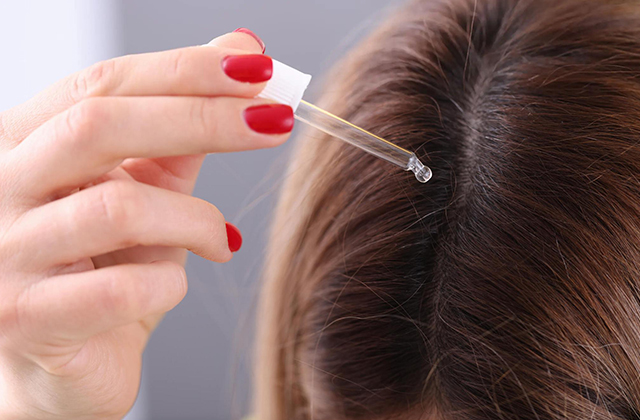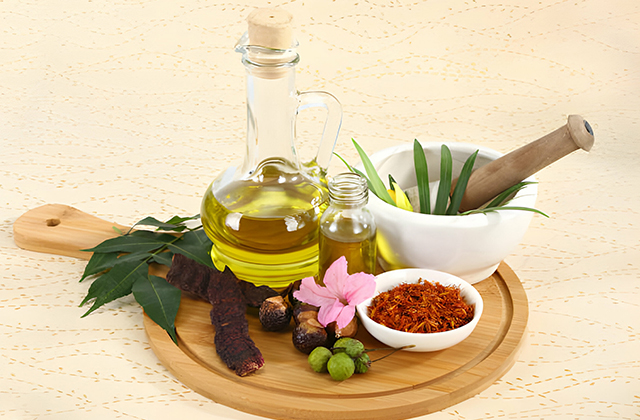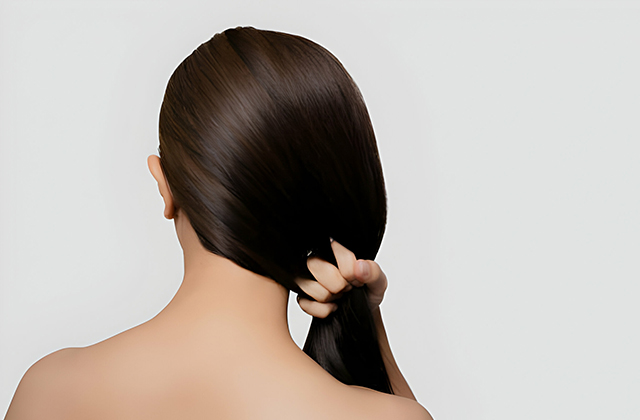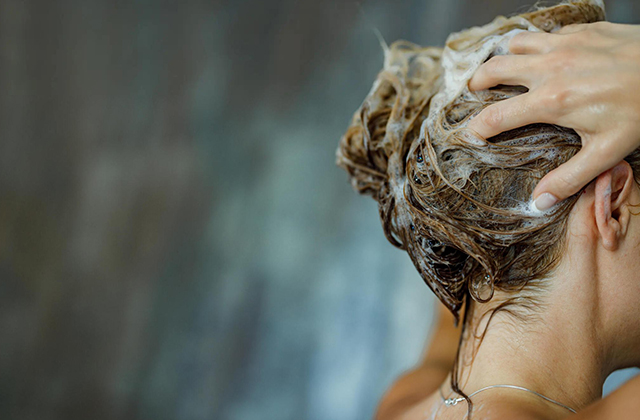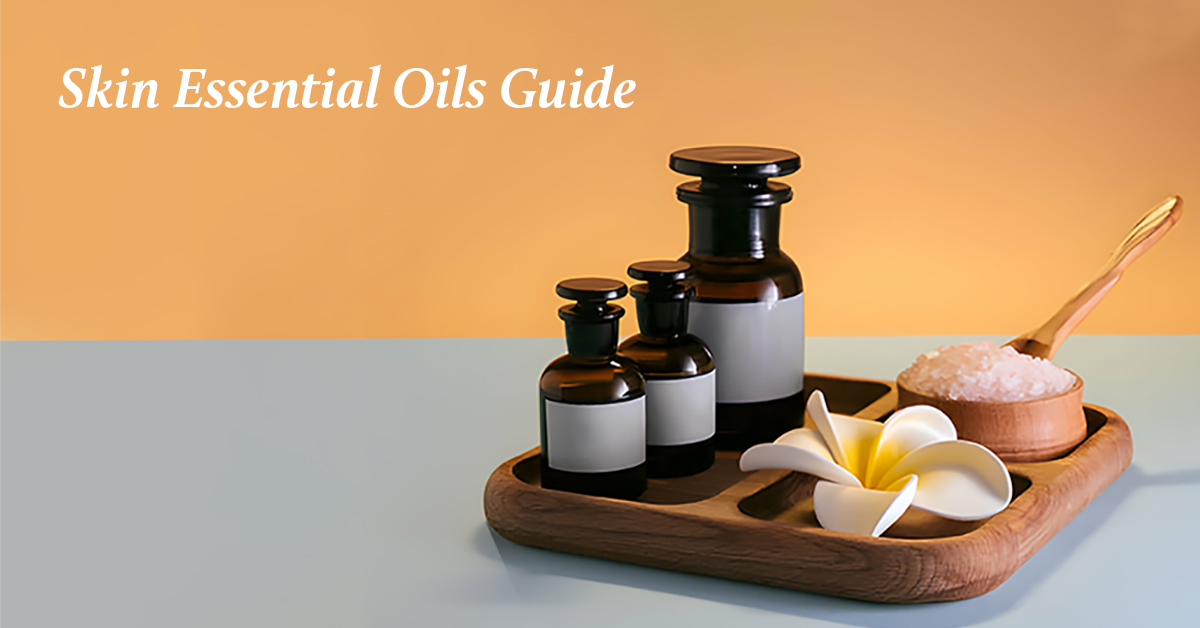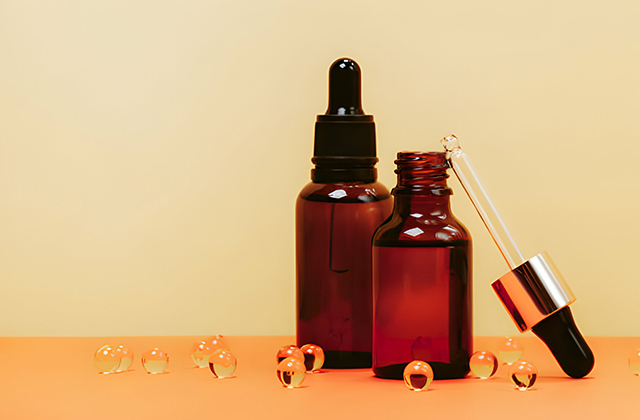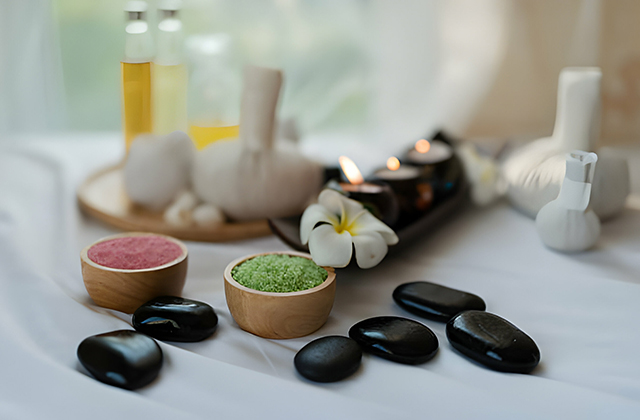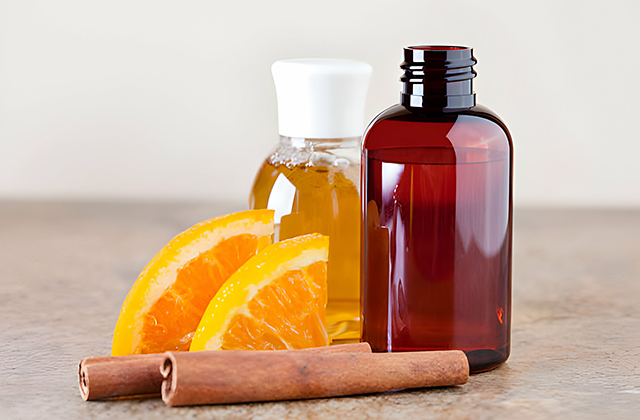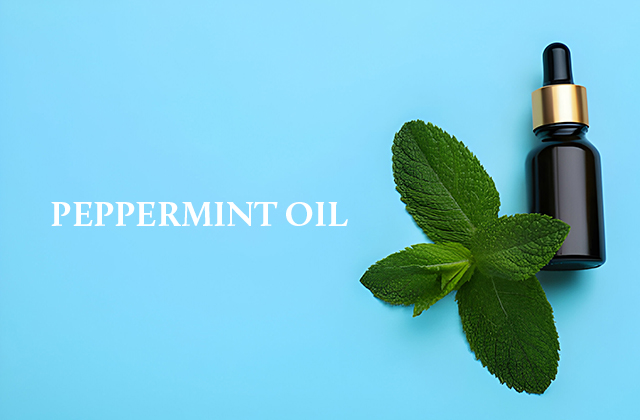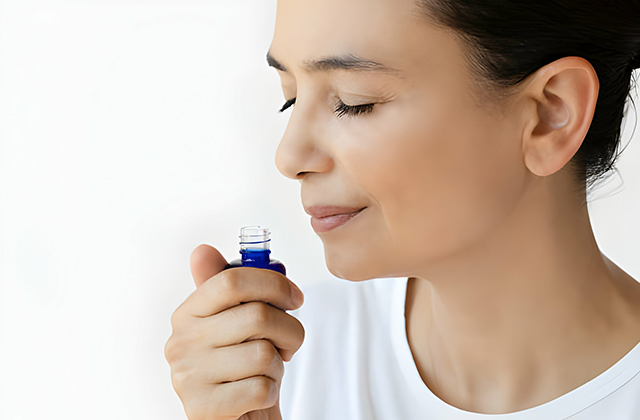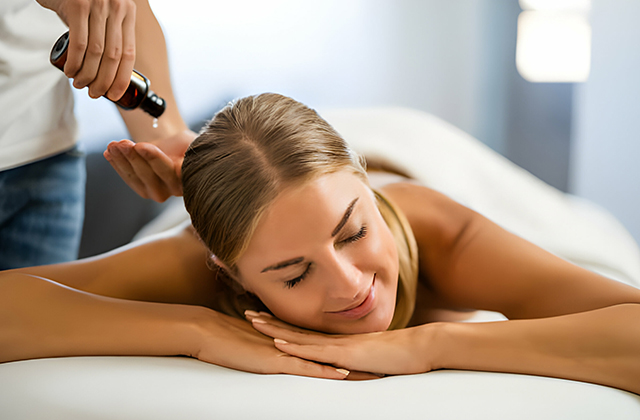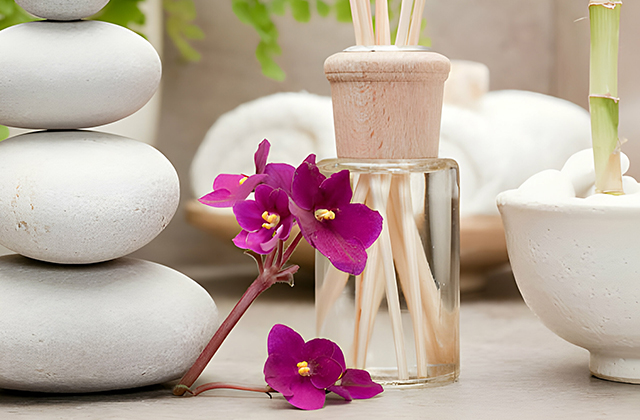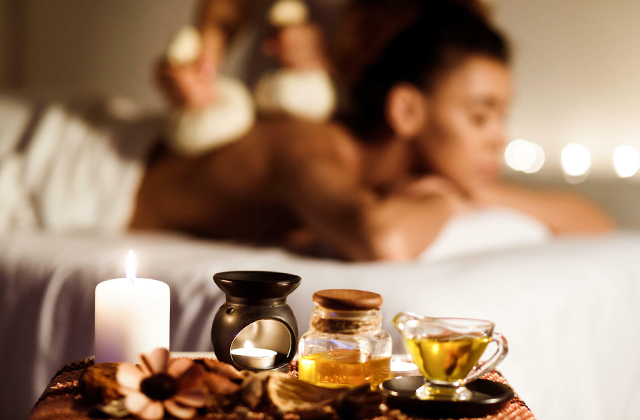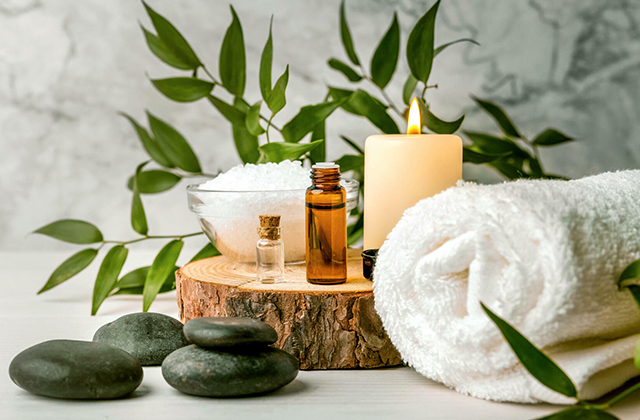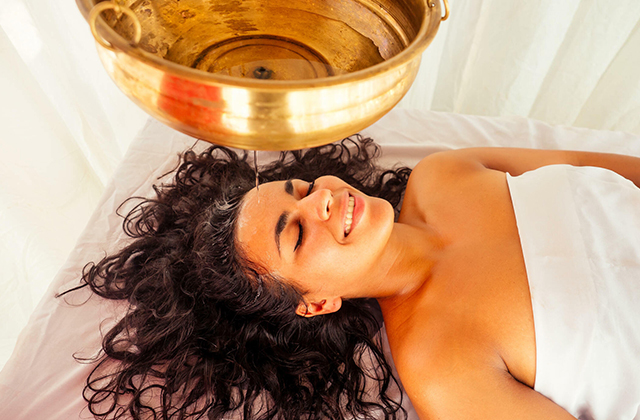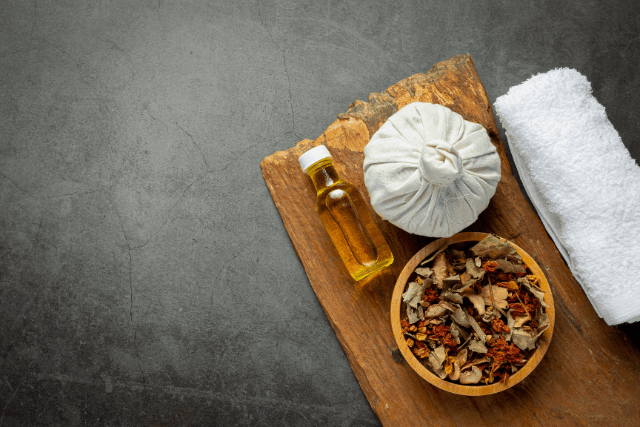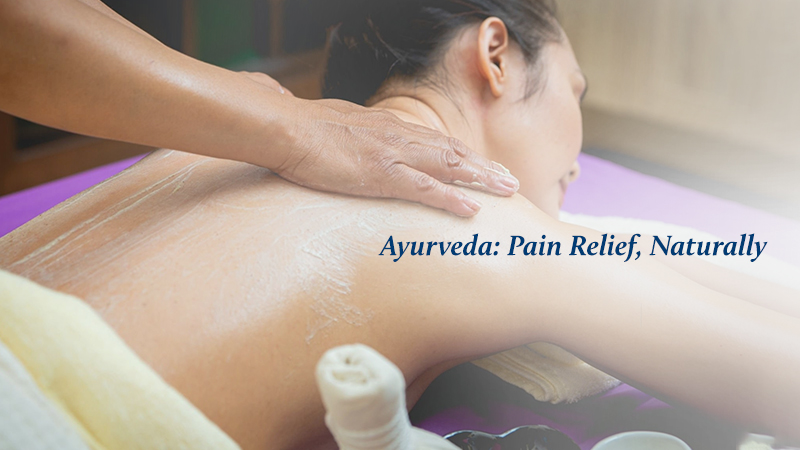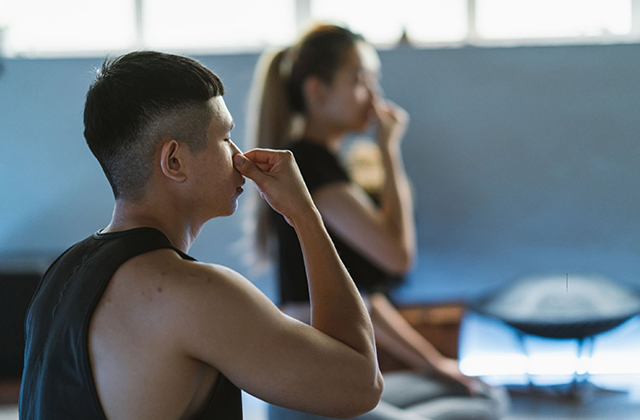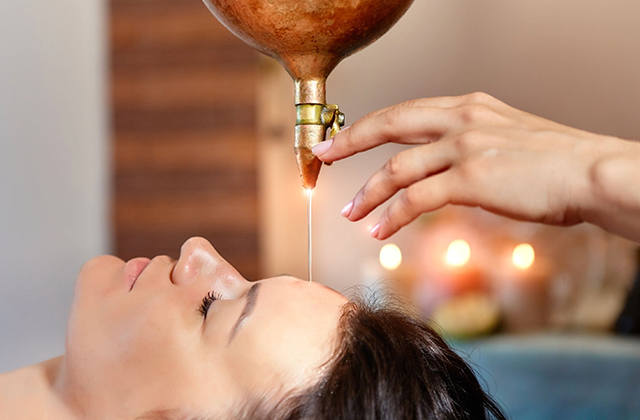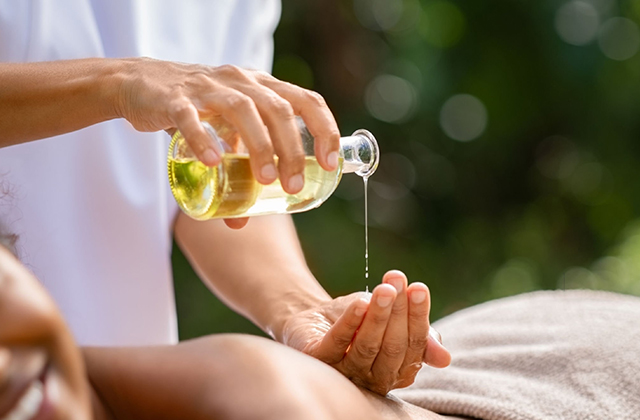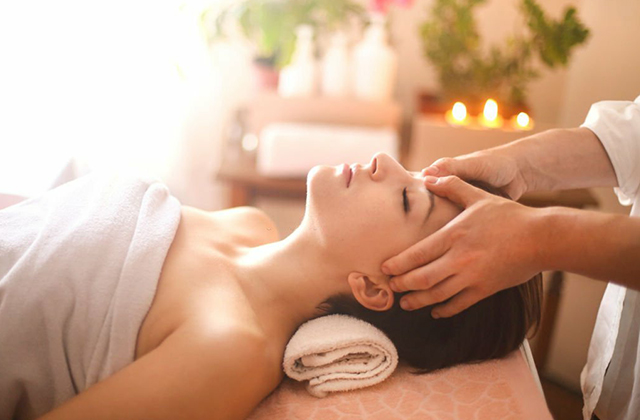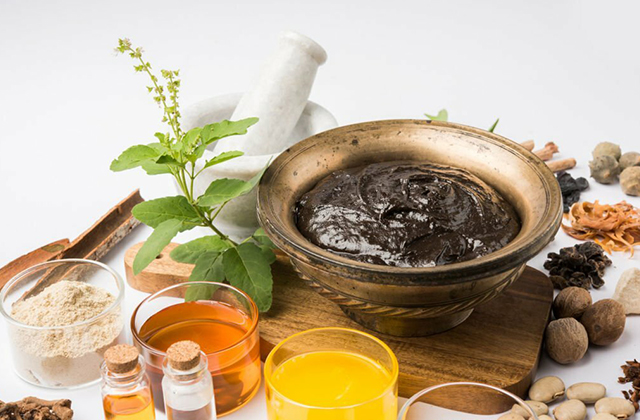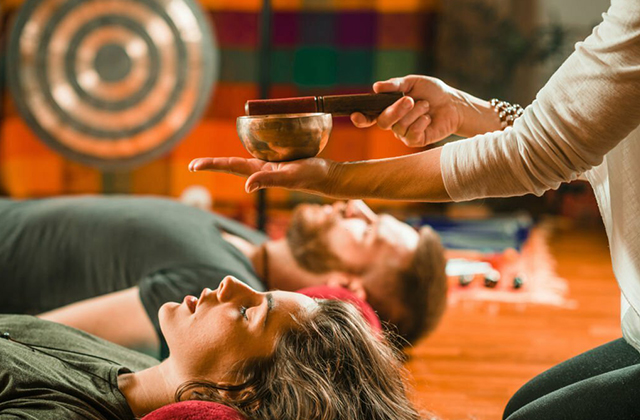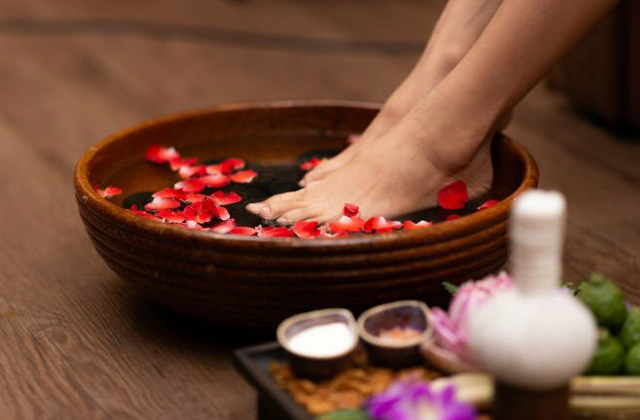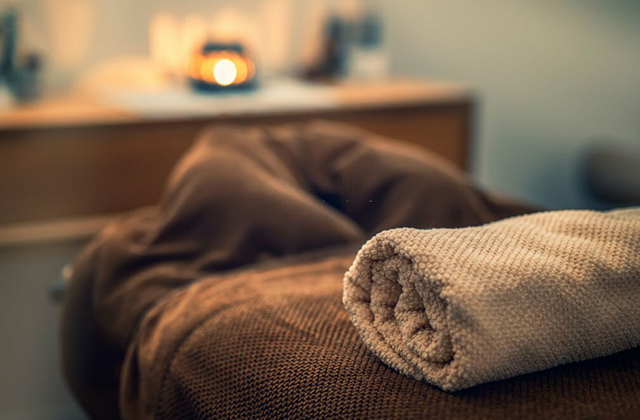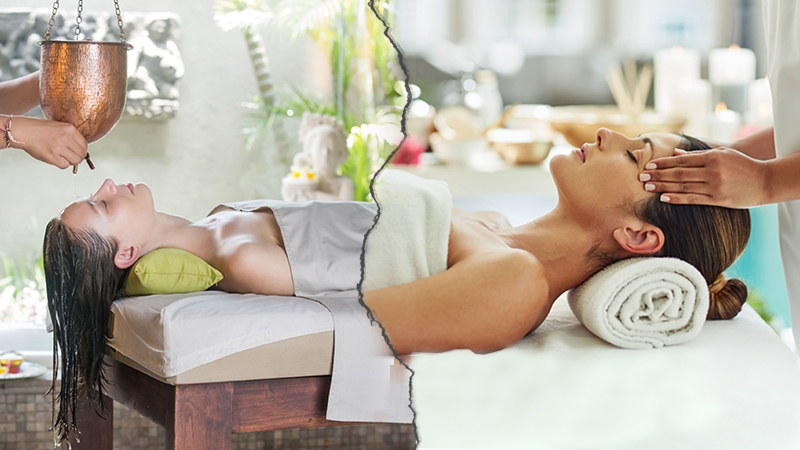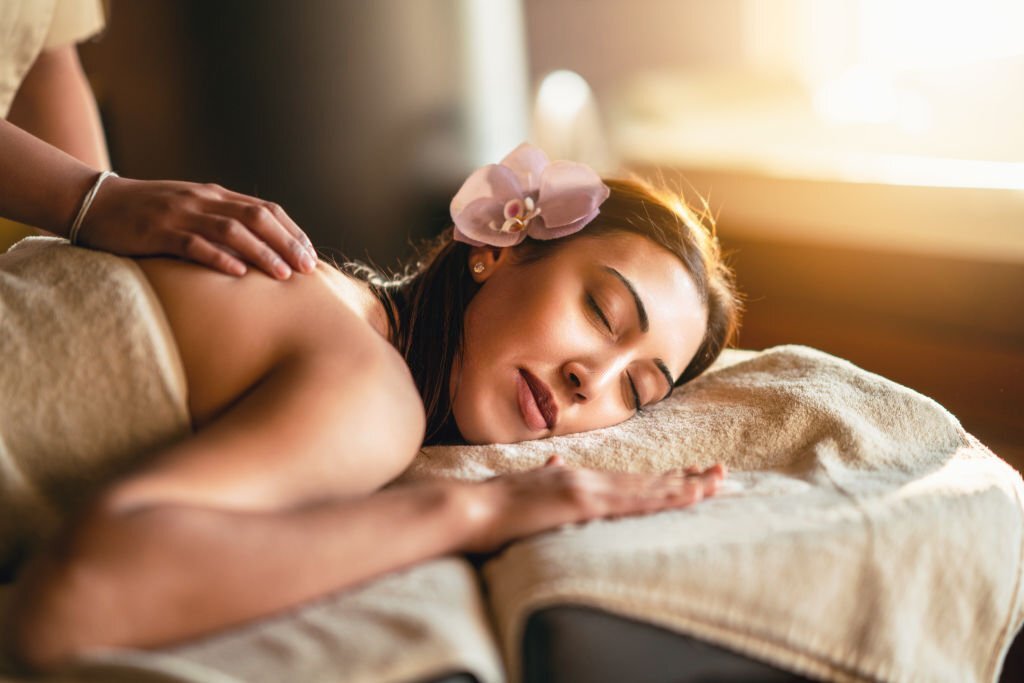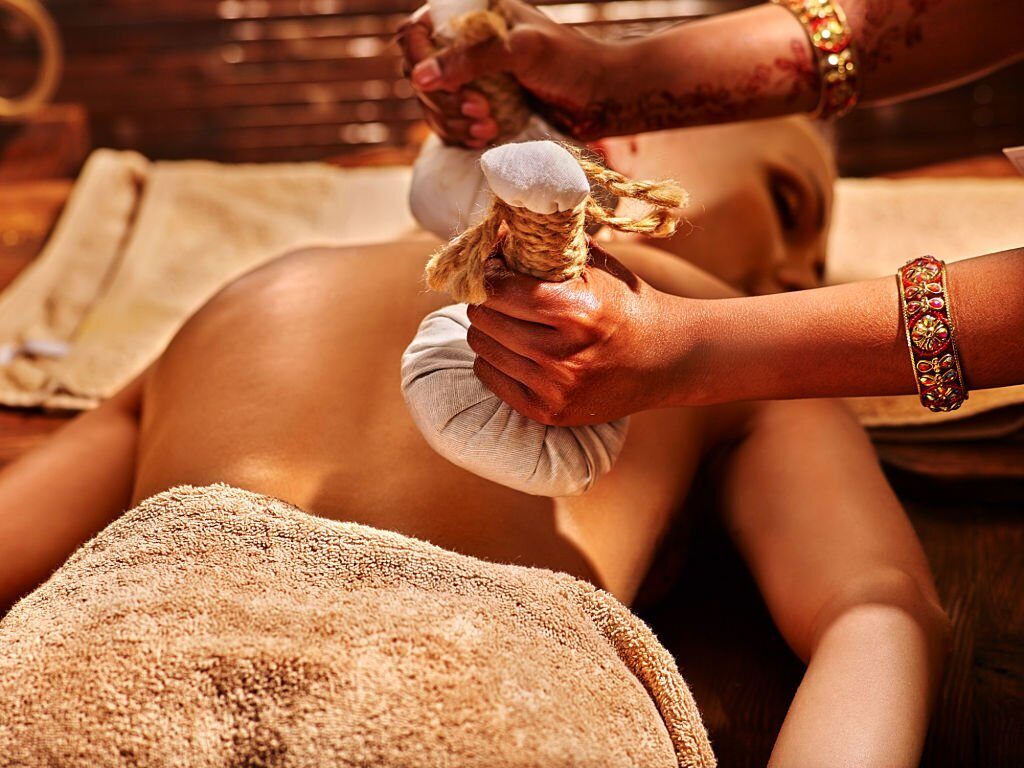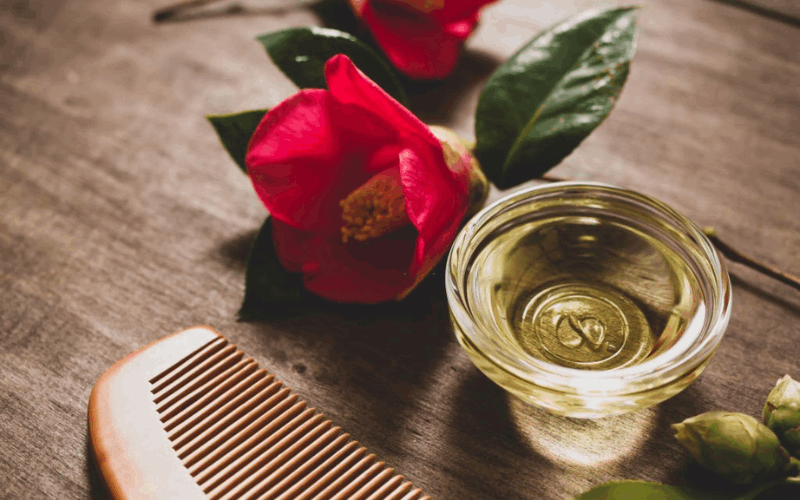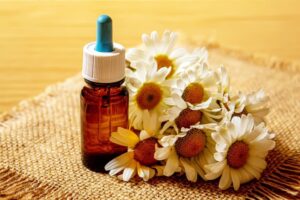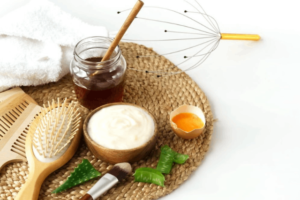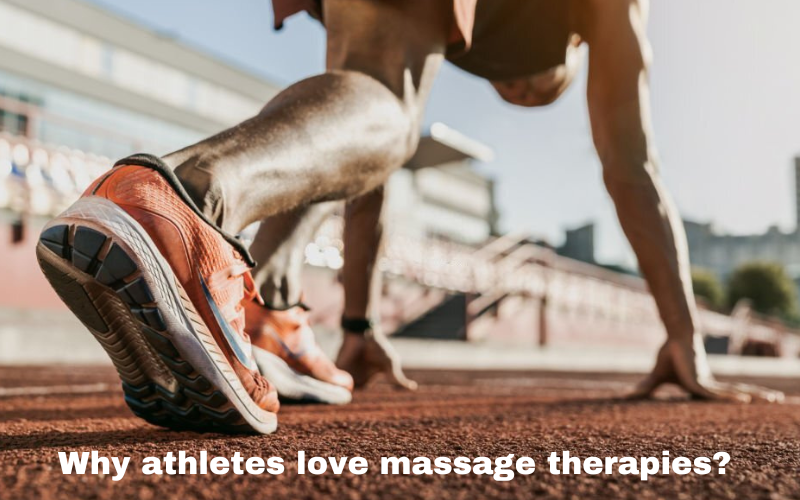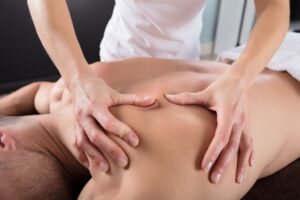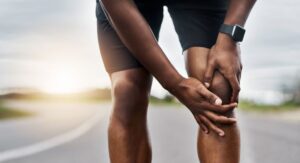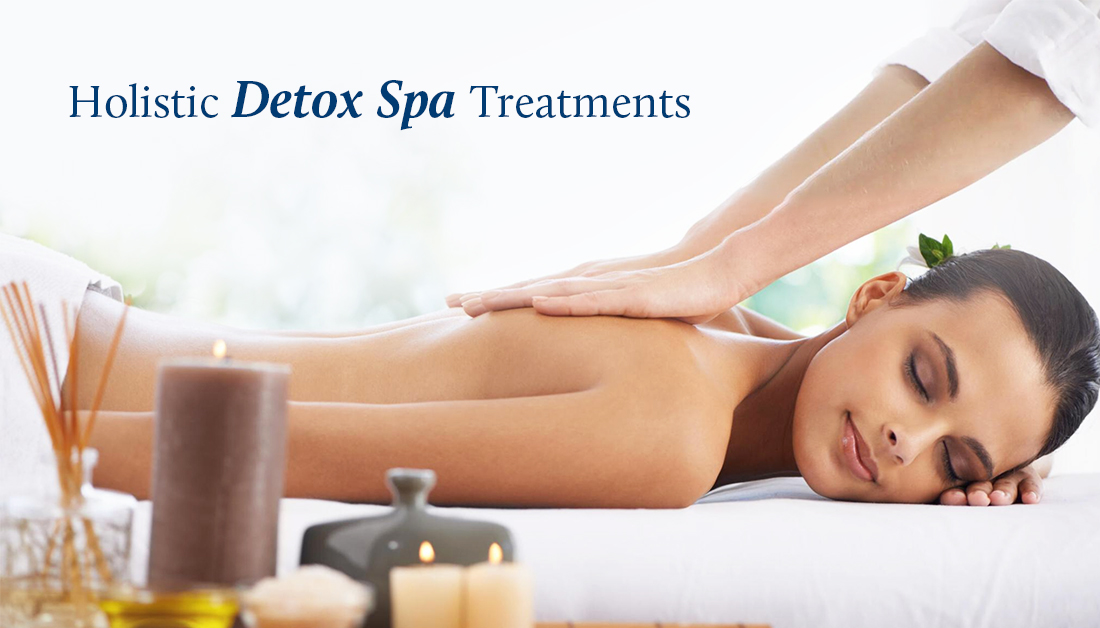
The Detox Spa Body Massage is a potent means of attaining this equilibrium. Detox spa therapy is a holistic approach to wellness and offers a body and mind-transforming experience that goes beyond simple pampering.
A comprehensive approach to wellness, detox spa therapy starts with the basic process of body detoxification. This vital stage entails clearing the body of toxins that have accumulated due to a variety of circumstances, such as stress, poor food choices, and environmental contaminants. Detox spa therapy efficiently aids in this purging process by combining a number of specialist treatments, enhancing general health and wellbeing.
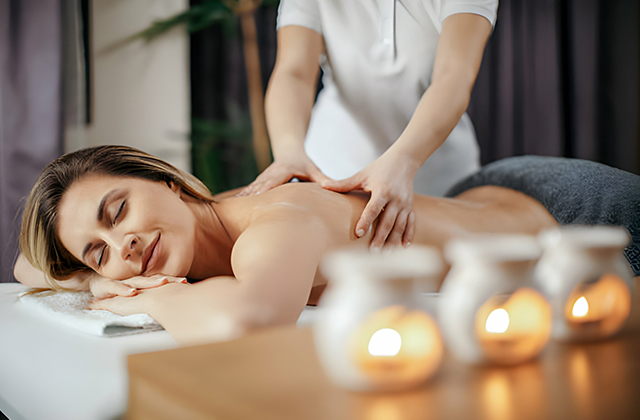
Body Massage Spa: Physical Detoxification
Using body wraps is one of the mainstays of Body Massage Spa therapy’s body purification program. Natural substances with detoxifying qualities, such seaweed, clay, or herbal extracts, are frequently included in these wraps.
These components help to draw out toxins and impurities from the skin, which helps to cleanse and revitalize the body. The act of encircling the body produces a cocoon-like effect that facilitates relaxation and stress alleviation while enabling the skin to absorb the substances’ therapeutic effects.
Exfoliating scrubs are essential to the detoxification process in addition to body wraps. These scrubs assist to exfoliate dead skin cells and clear clogged pores because they are made with abrasive ingredients like sugar, salt, or powdered seeds. Scrubs encourage skin renewal and improve the skin’s ability to absorb nutrients and oxygen by eliminating these outer layers of dead skin. Additionally, this exfoliation technique increases circulation, which is necessary for removing toxins and fostering lymphatic drainage.
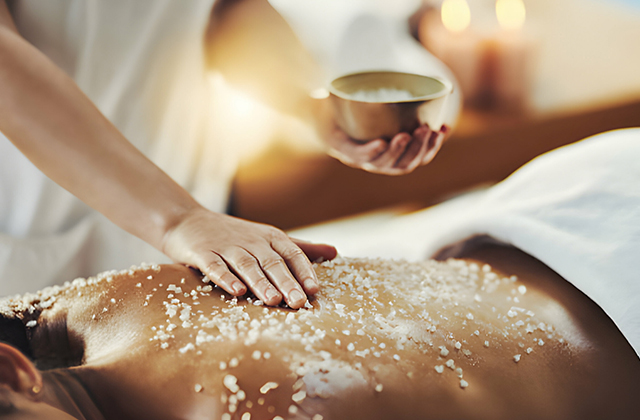
Another crucial element of body cleansing in spa therapy is hydrotherapy. This healing method stimulates detoxification through the pores of the skin by applying water at different pressures and temperatures. Hot baths, steam rooms, and saunas are examples of hydrotherapy treatments that help to open up the pores so that toxins can be removed through perspiration. Cold water therapies, such contrast showers or cold plunges, tighten the skin and increase circulation, which helps with detoxifying even more.
In general, spa therapy’s approach to body detoxification is multidimensional, addressing toxins both deep within the body and on the skin’s surface. The combination of body wraps, exfoliating scrubs, and hydrotherapy treatments offers a complete detoxification solution for the body, ridding it of accumulated toxins. Along with improving physical health, this cleansing procedure also fosters a sense of rebirth and rejuvenation, which leaves people feeling invigorated and prepared to adopt a better lifestyle.
Spa Therapy Massage: Mindful Relaxation
Detox Spa Therapy Massage is more than just physical detoxification; it’s a comprehensive strategy that puts an emphasis on mental renewal and relaxation. The calm atmosphere of a spa creates an environment that is ideal for reflection and relaxation, acting as a haven from the stress of everyday life. A range of relaxing therapies intended to calm the mind and feed the soul enable clients to set off on a voyage of self-discovery and rejuvenation within this serene setting.
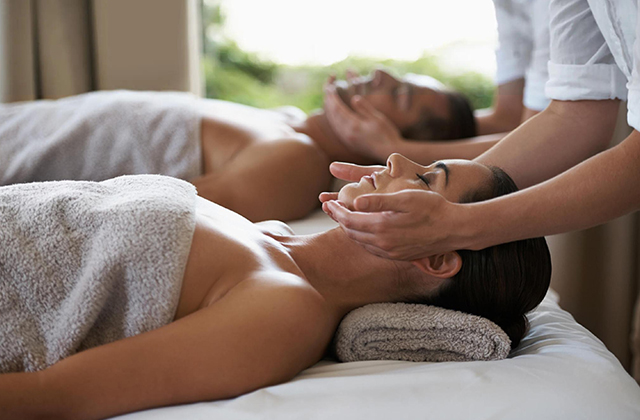
The therapeutic advantages of massage are fundamental to the sensation of conscious relaxation in detox Spa Body Massage. Massage treatment has long been valued for its capacity to ease stress, ease tense muscles, and enhance general health. Massage therapists are adept at creating a deep state of relaxation by deftly manipulating muscles and soft tissues.
This allows clients to let go of stored stress and experience inner peace. Every massage technique, from the soothing heat of hot stone treatment to the delicate strokes of a Swedish massage, offers a different combination of therapeutic advantages that are specifically designed to meet the demands of the client.
Massage treatment has many physical advantages, but it also has a strong mental impact that can help reduce anxiety, sadness, and sleeplessness symptoms.
Studies have demonstrated that massage therapy can successfully lower cortisol levels, which are linked to stress, while concurrently elevating dopamine and serotonin levels, which are neurotransmitters linked to emotions of contentment and calmness. Massage treatment offers a natural and comprehensive approach to mental well-being by encouraging the release of these mood-enhancing hormones, giving visitors a much-needed break from the stresses of modern life.
Detox spa therapy frequently includes mindfulness techniques like meditation and deep breathing exercises in addition to massage. For millennia, people have employed these age-old methods to foster inner calm, lessen tension, and encourage relaxation.
Meditation facilitates a closer relationship with oneself by asking participants to still their thoughts and concentrate on the here and now. This leads to an increased level of self-awareness and emotional equilibrium. Within the framework of detox spa therapy, meditation, whether done in a group or alone, is a potent tool for fostering spiritual regeneration and mental clarity.
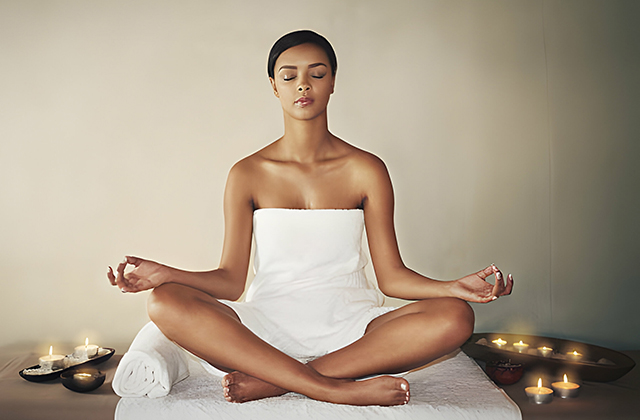
Incorporating mindful relaxation techniques into detox Spa Body Massage emphases how crucial it is to support the mind-body connection in order to achieve overall wellness. Detox spa therapy provides a space for visitors to relax, de-stress, and re-establish a deeper connection with themselves. This transforming experience extends beyond the physical realm, leaving people feeling renewed, revitalized, and refreshed in both body and mind.
Body Spa Massage: Nutritional assistance
An essential part of detox Body Spa Massage, nutritional assistance helps the body’s natural detoxification processes and enhances general health and wellbeing. Many spas offer individualized diet plans and nutritional assistance to help visitors make informed decisions that support their wellness goals because they recognize the tremendous impact that eating has on both physical and mental health.
The use of fresh juices and herbal teas in the spa’s detox program is one of the most important components of nutritional assistance in detox spa therapy. These drinks are abundant in antioxidants, vitamins, and minerals—all of which are vital for assisting the body’s detoxification processes.
In addition to beverages, nutrient-rich meals are often a cornerstone of the detox spa experience. These meals are thoughtfully crafted to provide guests with a balanced combination of macronutrients (carbohydrates, proteins, and fats) and micronutrients (vitamins and minerals) that support detoxification and overall health. Commonly included ingredients may include leafy greens, cruciferous vegetables, whole grains, lean proteins, and healthy fats, all of which are known for their detoxifying properties and nutritional value.
Made from a blend of fruits and vegetables, fresh juices offer the body a concentrated source of nutrients that are quickly absorbed, supporting optimal function and nourishing cells. In contrast, herbal teas are a calming and hydrating substitute for sugar-filled drinks that also come with extra health advantages including strengthened immunity and better digestion.
In addition to supporting the body’s natural detoxification processes, detox spa therapy gives clients the energy and vitality they require to completely participate in their wellness journey by feeding the body nutrient-dense foods. An adequate diet is necessary for the body’s metabolic processes, cellular health, and proper organ function—all of which are critical for detoxification and general well-being.

Furthermore, the focus on nourishing meals in detox Spa Body Massage goes beyond mere physical sustenance to include mental and spiritual health as well. Eating healthful, nourishing foods can improve mental and emotional health by lowering stress and fostering a sense of wellbeing.
Through the promotion of attentive eating habits and a positive relationship with food, detox spa therapy equips clients to achieve long-lasting lifestyle adjustments that complement their long-term wellness and health objectives.
Mind-Body link of Massage Spa Therapy
Stress-reduction techniques of Massage Spa Therapy that focus on the mind-body link acknowledge that optimal health necessitates a state of balance between the two. Spas provide yoga and meditation programs to help patrons develop mindfulness, lower stress levels, and re-establish a connection with their bodies. These exercises support mental clarity and emotional equilibrium in addition to the physical detoxification process.
Holistic Healing: The fundamental goal of detox Spa Body Massage is to promote holistic healing. It recognizes that mental and spiritual well-being are just as important to actual wellness as the physical body.
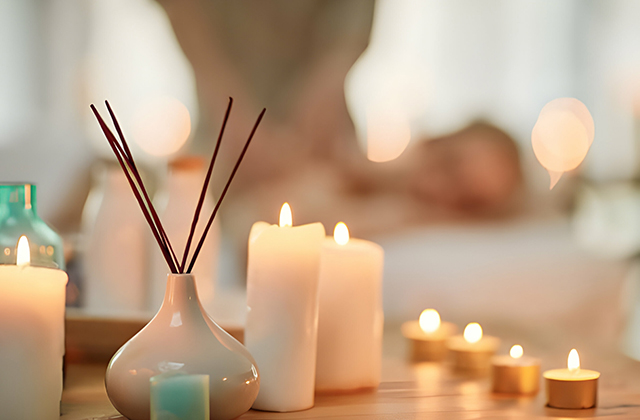
In addition to physical pollutants, guests experience a profound transformation through a combination of detoxification treatments, focused relaxation, dietary support, and holistic practices. They also leave behind mental and emotional burdens.
Advantages of Detox Spa Body Massage
There are numerous advantages to detox Spa Body Massage. In terms of the body, it helps to improve lymphatic drainage, circulation, and the look and feel of the skin. Mentally, it eases tension, enhances the quality of sleep, and cultivates a feeling of wellbeing and inner serenity.
In terms of emotions, it enables visitors to let go of unfavorable feelings, practice gratitude, and establish a stronger emotional connection with themselves. All things considered, detox spa therapy provides a thorough approach to wellbeing that leaves clients feeling refreshed physically, mentally, and spiritually.
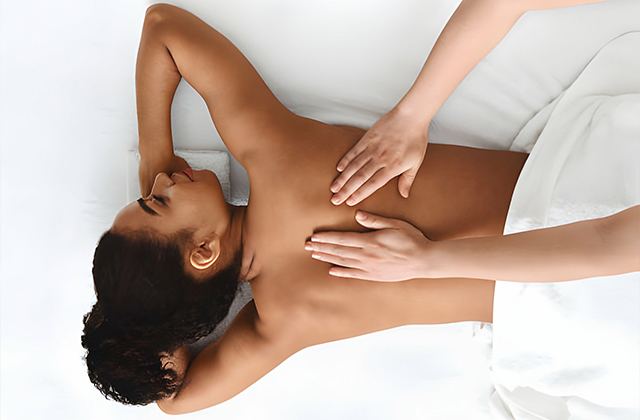
In conclusion, making time for self-care is crucial for general well being in a society full of stress and pollutants. A holistic approach to healing, detox Spa Body Massage takes into account the demands of the body as well as the mind.
Using a blend of holistic techniques, nutritional guidance, purifying therapies, and mindful relaxation, visitors experience a metamorphosis that leaves them feeling revitalized and ready to face life with newfound vigor. Take advantage of detox spa therapy’s transformational powers and set off on a path to a happier, healthier version of yourself.
Let us explore list of products helpful for spa:
Escape to tranquility at The Umstead Hotel and Spa, Raleigh’s premier wellness destination. Experience luxurious treatments amidst the whispering Carolina pines for a rejuvenating spa getaway like no other.
Align Spa offers a haven of relaxation and well-being, where every treatment is tailored to rejuvenate your mind and body. With a focus on exceptional service, our skilled therapists guide you through a blissful journey of pampering and self-care, ensuring you leave feeling refreshed and renewed. Nestled in historic Park City, our spa has been recognized as a local favorite, providing top-notch massages, facials, waxing, and more for nearly two decades. Experience the pleasure of the journey at Align Spa, where your ultimate indulgence awaits.
Experience holistic wellness and rejuvenation at Dharana Retreat, offering specialized detox programs and personalized rituals for body, mind, and spirit. Book your transformative wellness journey today and embark on a path to optimal health and vitality.
Escape to the serene beauty of KARE Ayurveda Retreat nestled by Mulshi Lake. Experience holistic wellness through authentic Ayurvedic treatments, Iyengar Yoga, and rejuvenating therapies amidst nature’s embrace. Book your transformative retreat and discover health for happiness at KARE.


